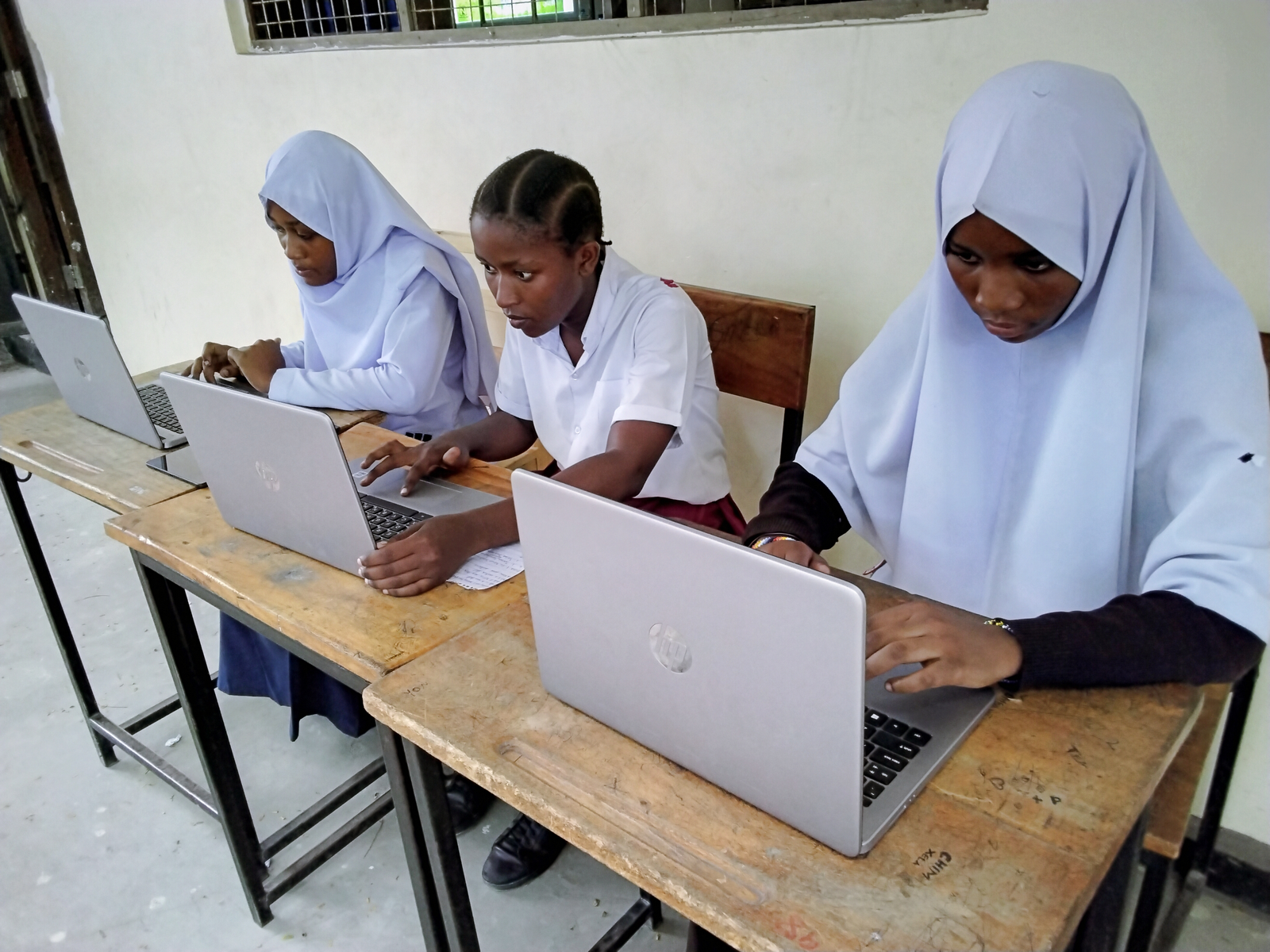
Education plight of girls living in conflict-hit countries
Children in conflicts, Education in emergencies, Girls' education
Adolescent girls living in conflict-hit countries are 90% more likely not to be in secondary school than those elsewhere.
And young girls are almost two and a half times more likely to miss out on education.
The grim statistics are revealed in a report by the United Nations agency UNESCO that examines why humanitarian aid specifically for education matters and why more of it is needed.
It said 34 million children and adolescents are out of school on conflict countries and $2.3 billion is needed to get them all into education.
The report comes days before the Oslo Summit for Education in Development on July 6 and 7, where world leaders will discuss humanitarian aid and the stalled progress on the 58 million out-of-school children around the world.
Syrian refugee children at Za’atari refugee camp in Jordan Picture: UN/Mark Garten
It makes several recommendations, including ensuring “any global emergency education fund provides additional, flexible and predictable funding”. It adds: “The fund would also need to prioritise underfunded crises and levels of education and would need to coordinate its work with the Global Partnership for Education and the global Education Cluster.”
Among UNESCO’s key findings in the Education For All Global Monitoring Report policy paper are:
- Conflict-affected states are often the furthest away from meeting education goals
- Inequalities in children’s access and progression through schooling systems are exacerbated in conflict settings
- More funds are needed because national spending by conflict-affected countries is too low, humanitarian aid is not enough and development aid will not make up the shortfall
- Better humanitarian financing for education should be a major focus of advocacy efforts
The report says there needs to be a clearly defined-role for the proposed Global Emergency Education Fund, which was called for in January by Gordon Brown, the UN Special Envoy for Global Education and which has been backed consistently by A World at School.
Source: Education For All Global Monitoring Report
And it says that to meet 2030 goals, at least a $22 billion annual funding gap will need to be filled to ensure that every child and adolescent has access to good quality education right up until the end of lower secondary school. For conflict-affected countries alone, this funding gap is equivalent to $16 billion.
GMR Director Aaron Benavot said: “A new target for directing funds to education in times of conflict has been required for some time. Present targets are hugely insufficient and diverting attention from the true needs of children and youth on the ground.”
UNESCO says providing education in emergencies is vital, adding: “While over half of countries globally are expected to achieve universal primary enrolment, the most prominent of the EFA goals, this falls to just over one-third for conflict-affected countries.”
A World at School has produced a policy briefing on “The consequences of not investing in Education in Emergencies”. Read it here.
The Global Business Coalition for Education also consulted business leaders on how a fund for emergencies in education might work. See the findings here.
You can make your voice heard on a fund for education in emergencies by signing the #UpForSchool Petition.
More news

